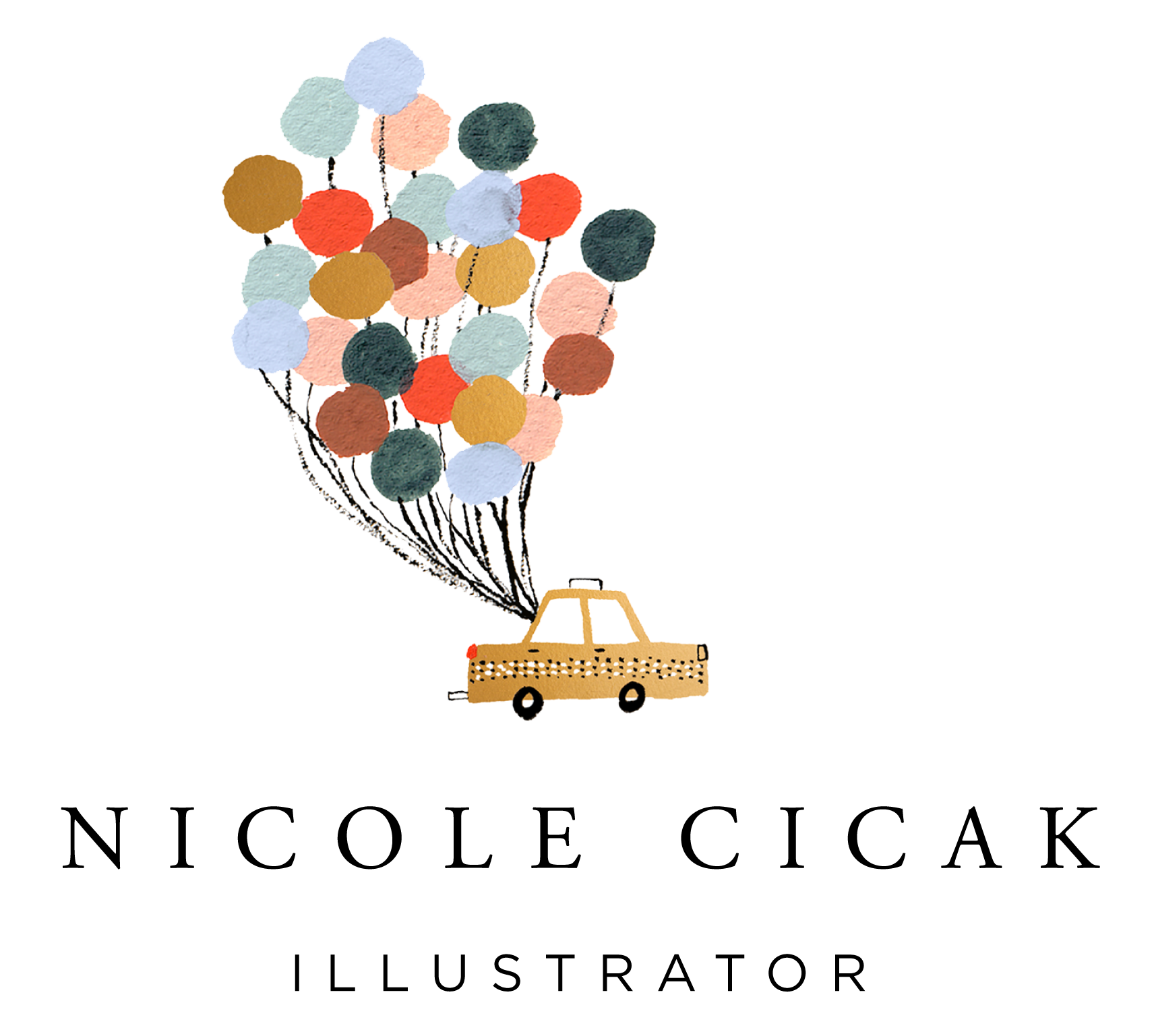Why It's Important to Make Art No One Will See
The popular opinion on sharing art seems to be to share as much as you can, as often as you can. I’m definitely guilty of this mindset. While it’s great to share your work with the world, it’s equally as important not to share some of your work.
I came to this realization when I was contemplating my blog post last week on all the things I’m struggling with as an artist. Lately, one my biggest struggles has been growing as an artist. I feel my work has become stagnant and safe. I asked myself why, and I realized it all came down to mindset. Whenever I paint, I paint with the assumption that every piece is going to end up in my print shop. My print shop is my main source of income, so why shouldn’t I add as many prints as I can? The problem is I’m making all my art under the assumption that people need to like it.
This is not an ideal space for growth. I’m creating only the kind of work that’s selling, and not pushing myself as an artist. I find myself shying away from trying out new mediums or subject matters. I’m constantly pushing myself to loosen up my brushstrokes, but that feels scary, so I’m unsuccessful in my attempts. I know what I need to work on as an artist, but I can’t take risks with the pressure that the art needs to sell.
I had a lightbulb moment that I need to create more art that no one sees. When you’re making art under the watchful eyes of a captive audience, something happens. Your art becomes safe. Sure, you may be pushing yourself a little, but not in the way you would if no one was watching. When no one is watching, that’s when the true growth takes place. Where something clicks, and your work levels up. When I say audience, an audience can be buyers, social media, galleries, or clients. It’s making art for anyone to view besides yourself.
The way to get the most benefit out of unseen work is to decide before you start a piece that no one will ever see it. Promise yourself, and don’t break your promise, no matter how the art turns out. If you paint a piece, and later decide to keep it to yourself, that defeats the purpose of the exercise. On the flip side, I often promise myself that no one will ever see a piece, only to share it on my blog after it’s finished. By doing that, I’m breaking the trust I have with my artist self. Our inner artist must know that if we make a promise, we will keep it. But what if you love a piece you created for no one to see? Then, I would suggest taking the techniques you loved from the piece, and creating a new piece to show your audience. That’s the whole point of this exercise - to take what we learn in private, and use that knowledge to make better art for people to see.
This concept of making unseen art is probably why I’m such a big fan of sketchbooking. Something about having a sketchbook feels intimate, similar to a diary. I like working in a small sketchbook too, because it’s harder to turn work into art prints. It also makes experimenting feel less scary, because it’s on a smaller scale.
So when’s the last time you made art for no one to see? And how often do you engage in this practice? If you feel stagnant as an artist (like me), you probably need to be doing more of this. There’s definitely a balance to be found though. I know many artists who are scared to share anything they make. They’re dealing with a different problem entirely. They’re still making their art for other people, but they’re operating from a place of fear. They’re afraid people won’t like their work. A healthy balance is to be brave enough to share most of your work, but keep some to yourself - not out of fear, but in hopes you will grow as an artist.













Thanks for stopping by! I’m an illustrator & writer. I’ve been running my own creative business since 2015. My mission is to help artists find their unique creative voice, build positive habits, and do what they love for a living.